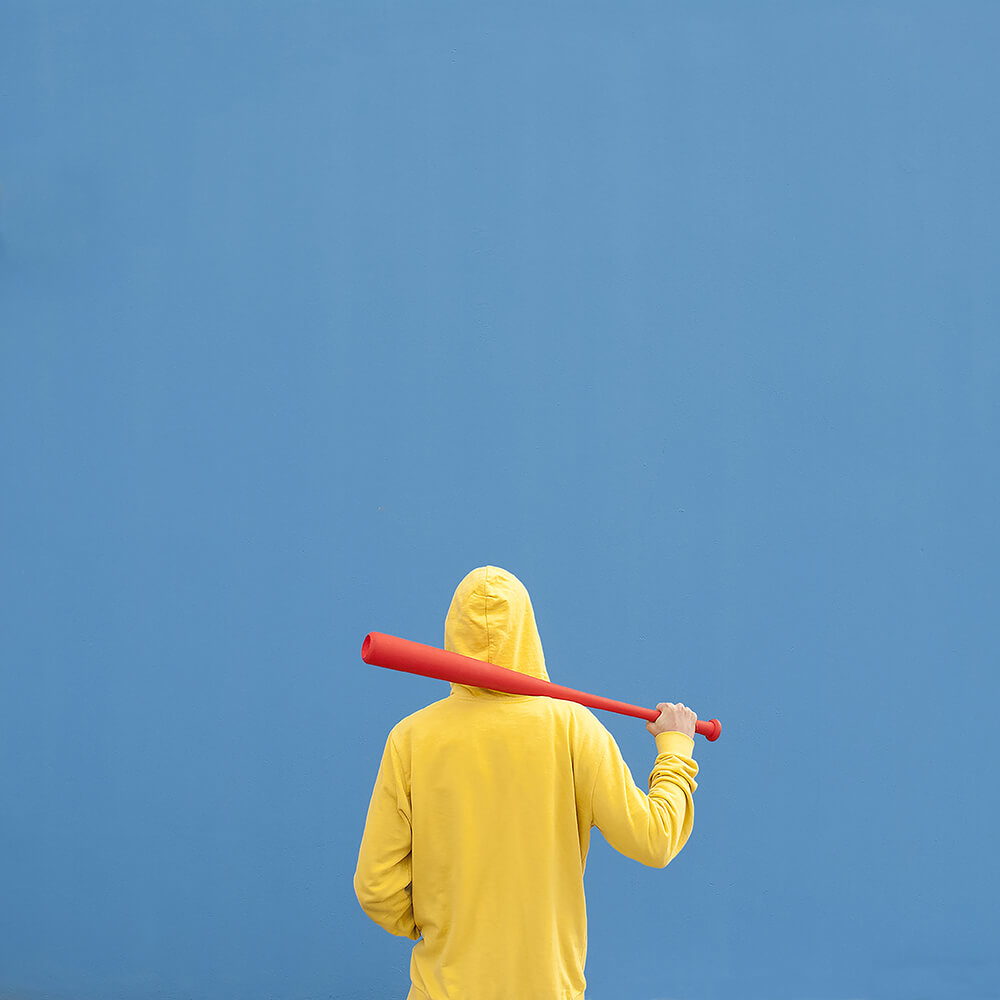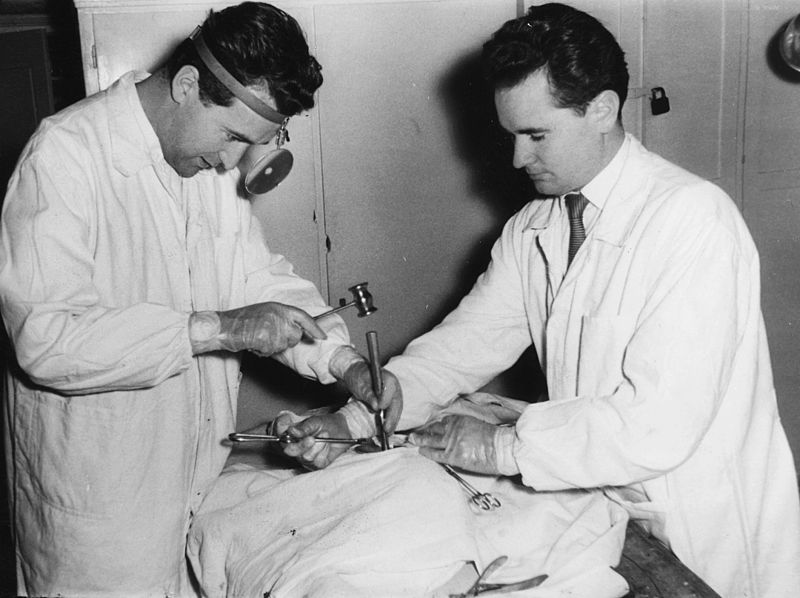Is psilocybin safe?
Psilocybin came into my life at a rather dark time when I was suffering with constant head pain from a condition called hemicrania continua. I was concerned about the safety of psilocybin, but I was willing to try anything to relieve the pain in my head. I had never tried psychedelics before, nor did it ever really occur to me before getting sick, but I tried it on the off chance that it could help me out of the hell that my life had become. Psilocybin was an integral part of my recovery, and continues to help me live a relatively pain free and productive life.
When I Went Digging, I Found I Had Been Lied To
In the aftermath of recovery, I became curious about what the “side effects” of continuous psychedelic use would be. Living with that pain was not an acceptable way to exist, but would the repeated doses of psilocybin eventually cause their own type of harm? I had grown up in the era of DARE, and had learned about drugs like cocaine,crack, meth, heroine and psychedelics all together as being harmful without any differentiation. In the 80s, “just say no” and your “brain on drugs” egg commercial were the norm. Of course, as an adult I had learned that maybe some things were a bit exaggerated to scare some kids straight. But nothing had prepared me for the absolute doozy of a lie I was about to uncover when I went digging for details on the physical impacts of psychedelics. What I found when I went down the rabbit hole lit me up with the rage of a thousand suns.

Reading about the health benefits of psilocybin just made me angry. It made me angry that I had been taught to be afraid of this substance, and it made me angry for the all of the patients out there that could have benefitted if they had just had access to the truth in time to ease their suffering.
Psilocybin is not only “not harmful”, it actually has a plethora of health benefits. Some of these health benefits are so complex, they were beyond our knowledge of medical science in 1970 at the time when psilocybin was outlawed. Since 1970, only a select few scientists have been willing to risk their careers and reputations to pursue the truth about these substances. Only now, over fifty years later, is the truth finally going mainstream. The result is an all-out patent war between private psychedelic themed pharmaceutical companies vying to be the next big thing in depression or Alzheimer’s treatment.
Psilocybin- A Powerful Anti-Inflammatory
I bet when you think of psilocybin or related substances like LSD, DMT or mescaline, the word “anti-inflammatory” is not the first thing that pops into your head. Maybe due to the recent media coverage, “brain reset” or “regrow neural connections” might be the first associations that occur to you. But one very elegant and simple mechanism directly associated with these substances is their potent and unique anti-inflammatory effects.
Psilocybin, and other classic psychedelics, have the ability to regulate TNFa. TNFa is a proinflammatory cytokine, a protein that your cells produce to signal your body to start the inflammatory response. When tissue is damaged or infected, it releases cytokines to signal that it “needs help”. When the cells release too much of this protein in an uncontrolled manner, this is an autoimmune condition, such as rheumatoid arthritis, colitis, and psoriasis. New research is also indicating that this type of inflammation is responsible for heart disease and neurodegenerative diseases like Alzheimer’s and Parkinson’s.
I don’t want to get too complicated here with the science, but it’s worth noting that this protein, TNFa, and its function were only identified in 1975. That is a full 5 years AFTER psilocybin and other psychedelics were banned. This would be akin to banning the study and possession of penicillin before it was even discovered that certain microorganisms were the actual cause of certain diseases which could in effect be treated with penicillin. Pharmaceutical medications like Humira that target TNFa to treat inflammatory conditions like rheumatoid arthritis were only developed and approved over twenty five years later in the early 2000’s. This is sort of a big deal, and these medications are extremely important and life changing. The developers of these medications won the 2018 Nobel prize for chemistry. Had psychedelics not been banned prior the discovery of cytokines such ast TNFa, history and the lives of people might have been quite different.

Over a hundred different types of proteins known as cytokines have been identified since the 60’s and 70’s. The distinguished gentlemen in this picture, though undoubtedly brilliant doctors of their generation, had no idea what these proteins were nor were they aware of their function. They lacked the tools to even observe them. To be honest, I have no idea who these guys are. I could have used a picture from the show MASH to illustrate this point. The point is that the medical science was an infant back then, and they were working with backwards tools and backwards knowledge.
The 70’s- Not Exactly The Dark Ages, But Not Exactly Modern Times Either
In 1970, when psilocybin and other psychedelics were banned, medical science was a fraction of what it is today. As mentioned above, we had not even identified the protein that is now the therapeutic target for most modern autoimmune treatments today. To be fair, we didn’t have the tools to understand the potential we were passing up. It is like the caveman banning the wheel, and dooming us to the dark ages. Except in this case, the caveman wore a suit and probably had a bad 70’s moustache. They wanted to stop the kids from “tripping” but what they probably ended up doing was pulling the plug on their best option for naturally preventing heart disease and Alzheimer’s. I guess the joke’s on you in the end, boomer.

Biologics – A Modern, Effective, And Expensive Solution for Inflammation
If you or someone you know has an autoimmune condition like colitis or rheumatoid arthritis, then you may be familiar with the drugs like Humira or Enbrel. These drugs are in a class called biologics and very efficient at knocking out TNFa, so efficient in fact that they can even have a negative effect on your immune system and allow latent infections like herpes zoster (shingles) or tuberculosis to emerge. Most people that are taking these therapies have the treatment covered by insurance. Without insurance, Humira would cost between $4000- $7000 per month. Even with insurance, these therapies are not necessarily cheap.
These medications are quite effective for eliminating TNFa in most of the body, but there is one area where they cannot go, and that is the brain. The molecules are just too large to pass the blood brain barrier. This is very unfortunate, because most new research regarding diseases like Alzheimer’s and Parkinson’s point to low level chronic inflammation in the brain. Psilocybin, on the other hand, does work across the blood brain barrier and exerts its anti-inflammatory effects on brain tissue.
TNFa Blocking And the Fountain Of Youth
I would like to focus our attention on some common conditions that are affected by TNFa, but are not necessarily treated with TNF blockers. Heart disease is often caused by low level chronic inflammation. The inflammation causes atherosclerosis, a hardening of the arterial walls. Interestingly enough, people who take TNF blockers for other purposes enjoy an improvement to their heart as the arterial walls become more supple again while on them. Why isn’t everyone who suffers with hardening arteries treated with TNF blockers? Well, side effects and cost. Remember, TNF blockers can make you more vulnerable to infection, and heart disease is often a problem that affects an older, more delicate population. These treatments are also very expensive, and heart disease affects almost everyone as they age. It is pretty much an inevitable feature of getting old, and our medical system cannot afford to pay $4000-$7000 a month just to keep your arteries young and supple.
Having our arterial walls harden is a fact of life for anyone who is going to live past sixty, and we are constantly bombarded with health magazines touting different ways to improve our health. I’m sure we all remember when it was all the rage to “drink a glass of red wine for your heart health”. Personally, I’ve never heard from anyone who has cured their heart disease with a good Shiraz or Merlot, but here’s a study showing that psychedelic use is correlated with lower incidence of heart disease.
Anyone who has lost a loved one to heart disease or who plans to live past sixty should be paying close attention right now. That should be pretty much everyone.
Alzheimer’s is also a disease that most of the new research is pinning on low level chronic inflammation. What makes this inflammation unique is that it is located in the brain, making it unreachable for the large molecule medications like Humira or Enbrel that cannot cross the blood brain barrier. There’s currently a patent race in the psychedelic industry, as several private pharmaceuticals are conducting trials using several substances derived from classic psychedelics for treating and/or preventing Alzheimer’s.

Too Much Noise, Not Enough Substance
We live in a very health conscious society. Every week, every month, it seems like there is a new fatuous health trend. Whether it is green juice smoothie cleanses, antioxidant elixir coffee face peels, alkaline water, jade egg hoo-ha suppositories, or enthusiastic health reporters telling me that I should drink a glass of wine once a week to protect my heart health, it seems like there’s always some sort of useless or baseless claim out there. But it seems like an absolute sin that something this real and this important gets swept under the rug.
Personally, I’m not sure how this news doesn’t get more attention. We all have older people in our lives that we care about, and we all will hopefully be lucky enough to eventually age. The idea of slowly losing your memory, and getting lost to confusion is terrifying. If there is anything I can do to prevent that, I would be all over that. The moment I read that the regular psilocybin doses I was already taking could have a protective effect on both my brain and my heart, I felt a sense of relief. There is a history of dementia in my family. My paternal grandmother had pretty severe Alzheimer’s, and my father passed away with Lewy Bodies dementia, a fatal form of dementia that is like a combination of Parkinson’s and Alzheimer’s. The idea of having some form of meaningful control over my health in this manner is important to me.
What If History Had Turned Out Differently?
What if science had not been stifled back in 1970? What if scientists had had access to a substance that blocked TNFa at the same time they discovered TNFa? Would we have developed anti-inflammatory medications based on psychedelics as precursors to the stronger biologics that are now used for autoimmune conditions? Psychedelics were initially popular as treatments for depression and addiction, it’s possible that trends in cardiovascular health or changes in autoimmune symptoms would have been noted in those populations. Instead of the popular wisdom now drinking a glass of red wine for your cardiac health, we may be taking a microdose of shrooms once a week to protect our hearts instead. Unfortunately, we cannot know since history does not allow us to move backwards. However, it does teach us on how to move forward. We can never know how psychedelics would have impacted medicine had the research which was unnecessarily terminated in the 70s been allowed to continue. Regardless, research is being conducted now, albeit at a smaller scale and we can only hope the benefits can be tapped into before another generation is wasted on delay and bureaucracy.






3 Responses
Insightful as always. So much traditional stigma with so little weight given to science and common sense. To heal the brain is to heal all things.
Just so you know, it wasn’t us boomers who banned drugs, it was the previous generation. No way is Nixon a boomer! Many of us boomers were too busy doing drugs to waste our time banning them.
Duly noted!